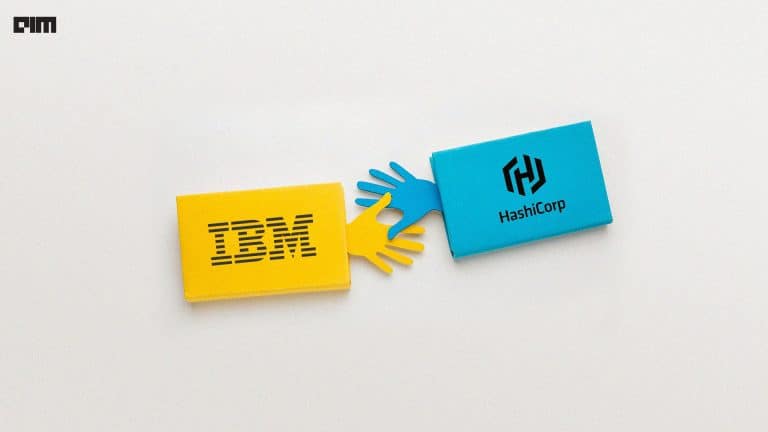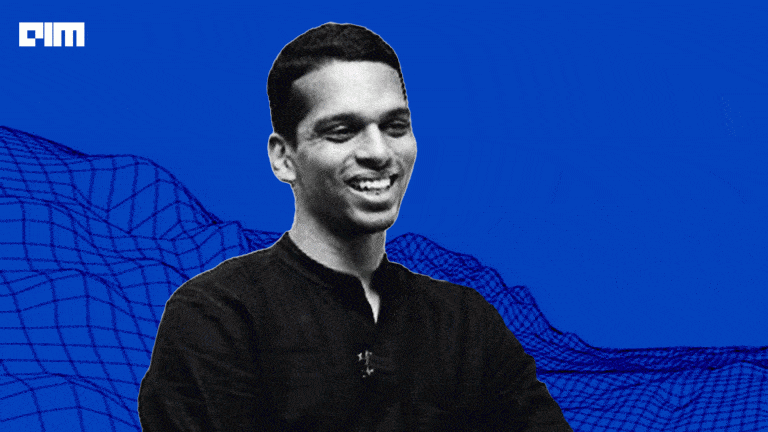|
Listen to this story
|
In a dynamic collaboration of innovation and creativity, Genpact and Google for Developers wrapped up their hackathon leaving behind positive change and happy winners. The event, held from June 9 to July 21, harnessed the power of artificial intelligence and machine learning (AI/ML) models to find potential solutions for the climate crisis. A slew of existing prizes, like Google Pixel 7 Pro, attracted more than 4,000 registrations from the data science community. This attracted participants from numerous countries, including India, the United States, Nigeria, Pakistan, Brazil, the Netherlands, the United Kingdom, Canada, France, and beyond. Additionally, in terms of participation, we have observed a diverse representation, with 55% being data science professionals and 22% consisting of analysts and software engineers.
The data showdown harnessed Genpact’s longstanding dedication to sustainability, deep expertise in ML techniques, and strategic partnership with Google Cloud.
The hackathon’s mandate was to address the climate crisis by developing ML models that predict the impact of environmental shifts on commodity prices. As a result, data scientists from around the globe united with a common purpose: employing technology for the betterment of our planet.
As the competition gained steam, three participants rose to the leaderboard. AIM spoke to the podium winners – and the judges – to find out their journey to become champions of MachineHack.
Diverse winners emerged from a pool of hundreds of participants across countries, from India to the United Kingdom. Despite having distinct paths in their pursuit of careers, what binds these developers together is their passion for resolving real-life issues through intricate data analysis.
Third place – Siddharth Singh, Bangalore, India
Siddharth Singh has worked as a data scientist at Karmalife.AI since 2021. The Kaggle expert from Bangalore has been participating in hackathons for the past three years. MachineHack has been Singh’s go-to platform for competing with some of the greatest minds in data science.
Talking about the approach that helped him climb the leaderboard, Singh said, “When I started with the baseline, I saw there is much room for improvement in India’s cotton yield predictions.”
Here’s the approach that worked for him:
- District-wise or state-wise trend predictions
- Rolling out features at different time intervals
- Features related to cotton yields
- Since NAN was present randomly in the data, he oversampled the data 15 times and trained a regression model on top of that
Singh’s work stood out because he creatively made the model better by using past data values. His clever way of improving the model in unique ways showcased his problem-solving skills. His work showed the judges his commitment to improving his technical skills.
Second place – Jatin Yadav, Pune, India
The first time Jatin Yadav came across data engineering concepts was in a session held at his college, after which he did some courses related to data science. Currently, he is working at Cognizant in the Google Cloud Platform division. Yadav stumbled upon the sustainability hackathon on the internet, and it piqued his interest. He thought of giving it a try, and while going through the ML challenge and the dataset, he decided to sign up.
For the first part of the hackathon – dealing with the Indian dataset – he combed through the data, and from the prediction of the Random Forest model, he got the following result:
For the commodity dataset, he mapped the price values with the US (train and test datasets) grouped by year. Then, he trained the model on columns and got the final result.
Talking about his first experience with MachineHack, Yadav said, “I really enjoyed competing with other participants on the leaderboard, and the resources available on MachineHack did help me a lot in understanding the core concepts while working on an ML problem. I’m glad that I got to participate in the hackathon, and I’m looking forward to upcoming events on MachineHack.”
Yadav’s approach showed how well-acquainted he is with data and building models. He’s good at getting the data ready for analysis. While his modelling work was impressive, he got more interesting information by looking deeper into how the features in the data are distributed.
First place – Steve Cragg, Telford, United Kingdom
Mechanical engineer Steve Cragg’s approach to data science is influenced by physics. Often, he considers external noise factors and how they affect the data.
In 2012, he bought one of the first Raspberry Pi’s (a series of small single-board computers), which got him into learning how to code.
“I do data science for two main reasons: firstly, I enjoy it, and am fortunate to have real industrial applications on which to practise. Secondly, I want to influence others to develop their coding skills and learn some data science. The tools (and accessibility of good training material) have matured to the point where they are much more accessible to most non-scientists,” he said.
For him, the sustainability challenge was essentially forecasting in three parts: the Indian yields, the US yields, and finally forecasting the price. For the India data, the ‘best’ model according to Cragg was an XGBoost regressor.
This was Cragg’s fourth hackathon on the MachineHack platform. Talking about his experience, he enjoyed the contest. “There was enough challenge to encourage thinking, (while) excluding teams made it more accessible to individuals, and the datasets were small enough to run on readily available laptops.”
For the judges, Cragg’s work really shined through because he had carefully studied a small dataset and figured out important details from it. He used different ways to show the data using Seaborn, which helped the panel see all the little details. His strategic approach to coding showcased his skills and knowledge.
Ready for your next challenge? Explore Genpact’s career opportunities













